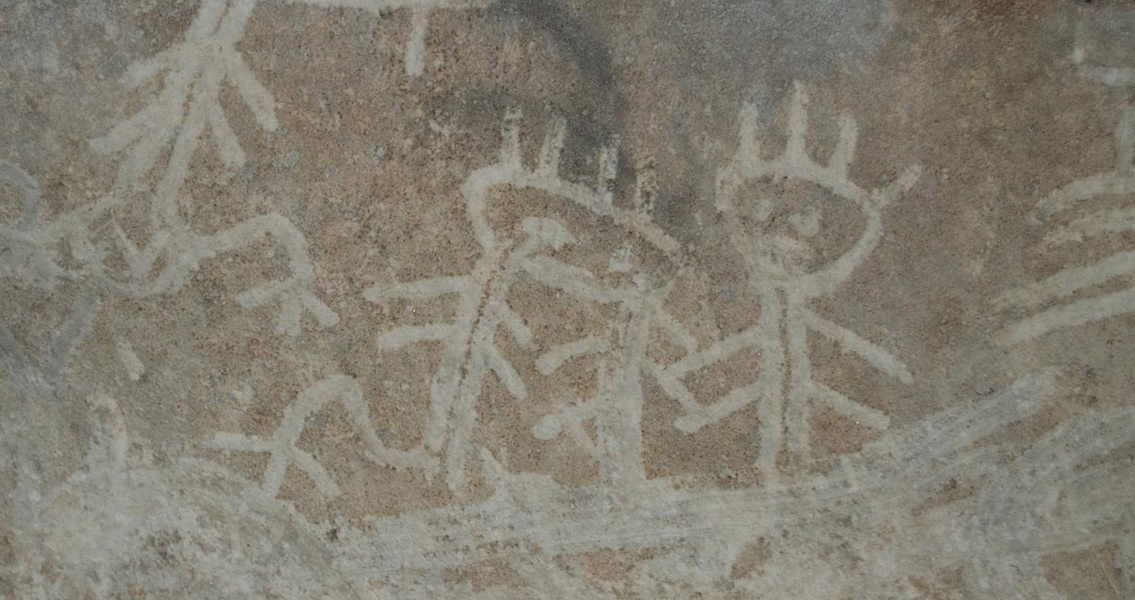<![CDATA[Cave inscriptions from the Caribbean island of Mona have shed new light on the relationship between indigenous populations of the Americas and the earliest European arrivals. An international team of archaeologists from the United Kingdom and Puerto Rico has discovered evidence in inscriptions on the walls of the massive cave network on Mona that a spiritual and religious dialogue between the first generations of Europeans and the native populations took place. Its a discovery that has the potential to drastically shift our understanding of the human side to the European colonisation of the Americas. The arrival of Europeans to the New World following Columbus's discovery of the continents in 1492 had a devastating effect. Through war, enslavement, the spread of European diseases and genocide, the indigenous populations in North and South America were almost wiped out, their cultures often eradicated from the history books. Although this new study doesn't deny the shocking consequences of the arrival of Europeans, it shows the interactions with natives were far more nuanced than a wave of massacres and extinction. The project, led by archaeologists from the University of Leicester and the British Museum, found early colonial inscriptions and commentaries alongside pre-existing indigenous spiritual iconography. The cave discussed in the team's latest paper contained more than 30 inscriptions, written in Spanish and Latin. The inscriptions ranged from the names of individuals to phrases, dates and Christian symbols. "Increasing use of interdisciplinary approaches and archaeometric analyses have provided new understandings of colonial processes that are more nuanced than mere oppression, domination and, in the case of the Caribbean, indigenous extinction." said the University of Leicester School of Archaeology and Ancient History's Dr. Alice Samson in a press release. "This not only provides a counterpoint to official metropolitan histories, but also tracks the beginnings of new religious engagements and transforming cultural identities in the Americas." Samson continued. Situated on a key Atlantic route between the Americas and Europe, Mona was first recorded by Christopher Columbus on his second voyage, in 1494. The island was at the forefront of colonisation in the Americas, its inhabitants exposed to the earliest waves of Europeans in the Caribbean. Seventy of the island's cave systems have been the subject of interdisciplinary analysis since 2013. The research carried out there has revealed that the caves contain the greatest diversity of preserved indigenous iconography in the Caribbean, with thousands of motifs recorded deep in the darkest depths of the caves. The study, published in the journal Antiquity, has offered a personalised insight into the intercultural and spiritual dynamics at play as European and indigenous Caribbean cultures clashed for the first time, showing the tone and attitudes of some of the earliest interactions. “This research reveals a new perspective on the personal encounter between indigenous populations and the first generations of Europeans in the Americas.” said Dr. Jago Cooper from the British Museum. “This is a unique site that helps us to understand the origins of cultural identity in the Americas, the start of a process that continues right up to the modern day.” Image courtesy of University Leicester]]>
Spiritual Cave Inscriptions Show New World Meeting the Old
